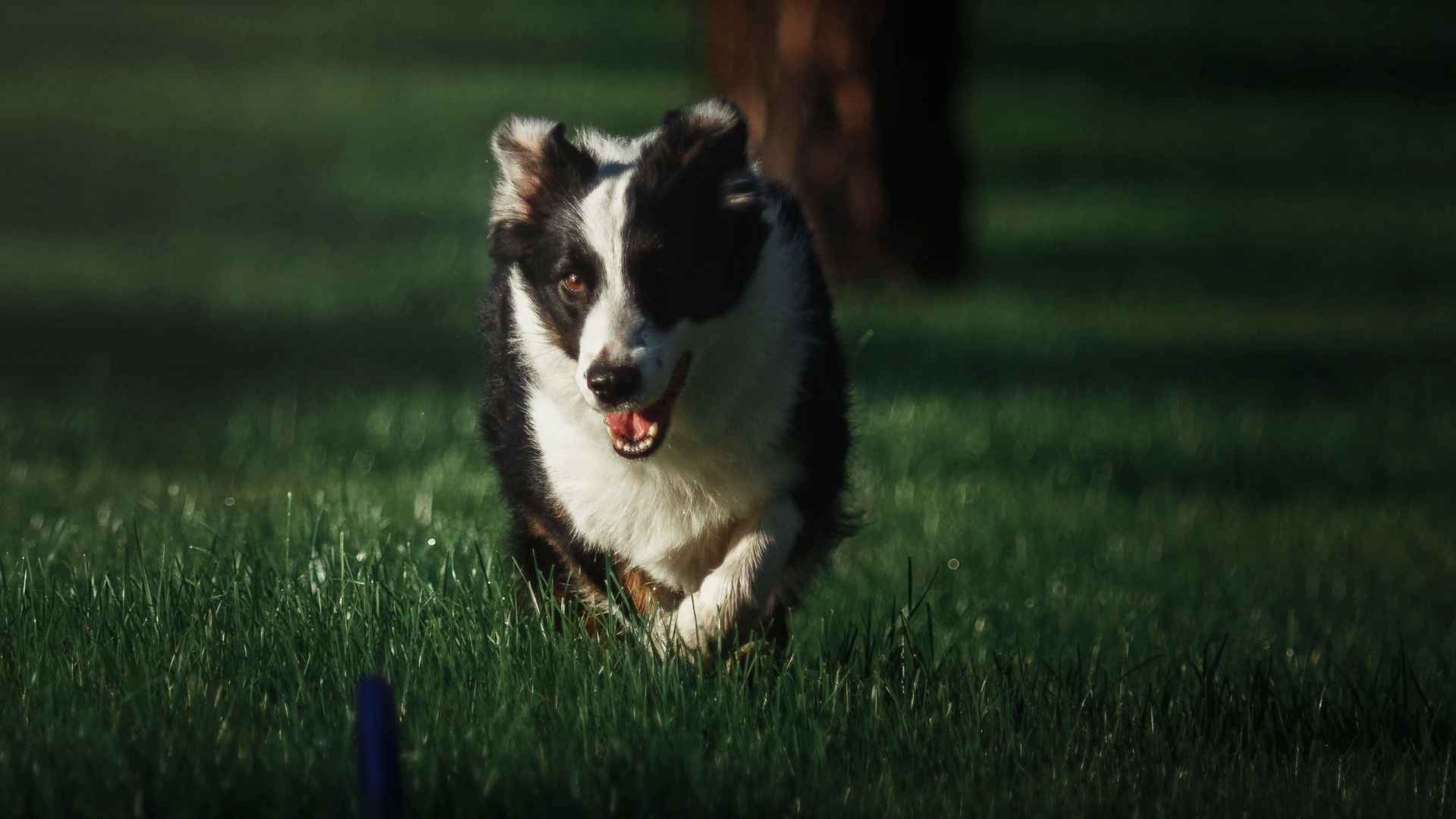Did you know that dogs have better night vision than humans, up to five times better, according to Science Daily? Thanks to more rod cells in their eyes, some breeds thrive when the sun goes down. While most owners wind down at dusk, certain dogs come alive.
They crave the cooler air, the quiet roads, and the thrill of movement under the stars. It’s about their instinct, drive, and stamina. Running at night isn’t just something they enjoy; it’s when they feel their best.
If you’ve noticed your dog pacing after dinner or perking up at 9 p.m., you might be living with a nocturnal athlete. While some breeds prefer the couch at sunset, others are just getting started.
This article explores dog breeds that love nighttime runs. If you enjoy peaceful, late-night jogs and want a companion who’s just as eager, you’re in the right place. Let’s start!
Dog Breeds That Love Running At Night
1. Weimaraner
Weimaraners have a lean, muscular frame developed for high endurance in hunting and field work, as per Showsight Magazine. They are known to stay alert and energized well into the evening. This physical stamina supports extended outdoor activity long after sunset.
Rhythm Suited for Ongoing Motion
Their pace is smooth and consistent, making them ideal for long-distance running routines. Instead of short bursts, they keep up with continuous movement across varied terrain. This drive to stay in motion often shows up later in the day.
Mental Stimulation Through Routine
They respond best to regular evening activity that taps into both their athleticism and need for engagement. Without structured movement, they tend to get anxious or overly restless. Repetitive patterns and familiar routes actually improve their behavior.
A Drive That Extends Beyond Daylight
This is a breed that doesn’t wind down early, often showing its sharpest attention late into the night. Their energy doesn’t fade easily, especially when physical and mental challenges are combined. A healthy dog like this performs best when purpose is built into the activity.
2. Dalmatian
As per Purina, Dalmatians were originally developed to run alongside carriages, which required steady motion for long distances. That endurance still shows in their natural pace and recovery. They can maintain a consistent rhythm well into the evening.
Ideal Physique for Repetitive Movement
Their lean build, long legs, and efficient gait reduce excess energy loss during extended activity. This structure helps them glide rather than stomp, making nighttime runs less taxing on their joints. The motion stays smooth, even on longer routes.
Evening Energy Levels Stay High
This breed often stays alert and active past sunset, showing no signs of winding down early. Many owners notice their performance actually improves in cooler night air. Their internal rhythm often aligns with late-night routines.
Requires Routine and Open Space
Not all dogs thrive with repetitive nighttime activity, but the Dalmatian adjusts well when given structure. Compared to other dogs, they tend to do better with uninterrupted runs over short bursts. Consistency in distance brings out their best.
3. Vizsla
Vizslas have a unique blend of high energy and sensory sharpness that suits evening or early night runs. Their ears constantly pivot toward ambient noise, and their quick stride remains steady even on uneven terrain. They’re often chosen for endurance-based activities in twilight settings.
Historic Hunting Sensibilities
This breed was refined over centuries in Hungary for fast-paced hunts through forests and fields. That background makes them excel at trail running, where navigating roots, dips, and dim tracks comes naturally. Their memory of paths and directional cues is unusually strong.
Close-Contact Runners by Nature
Vizslas are known for “velcro behavior,” meaning they stick close to their person even off-leash. During motion, they fall into rhythm quickly and stay in sync without needing constant cues. This makes them one of the best running companions for night jogs requiring steady partnership.
Light Frame, Endless Drive
With a narrow build, powerful chest, and efficient leg motion, they rank high as a good running dog across climates and altitudes. They don’t lose steam on hills or softer ground. Their body is engineered for momentum and controlled acceleration, especially during distance runs.
4. Rhodesian Ridgeback
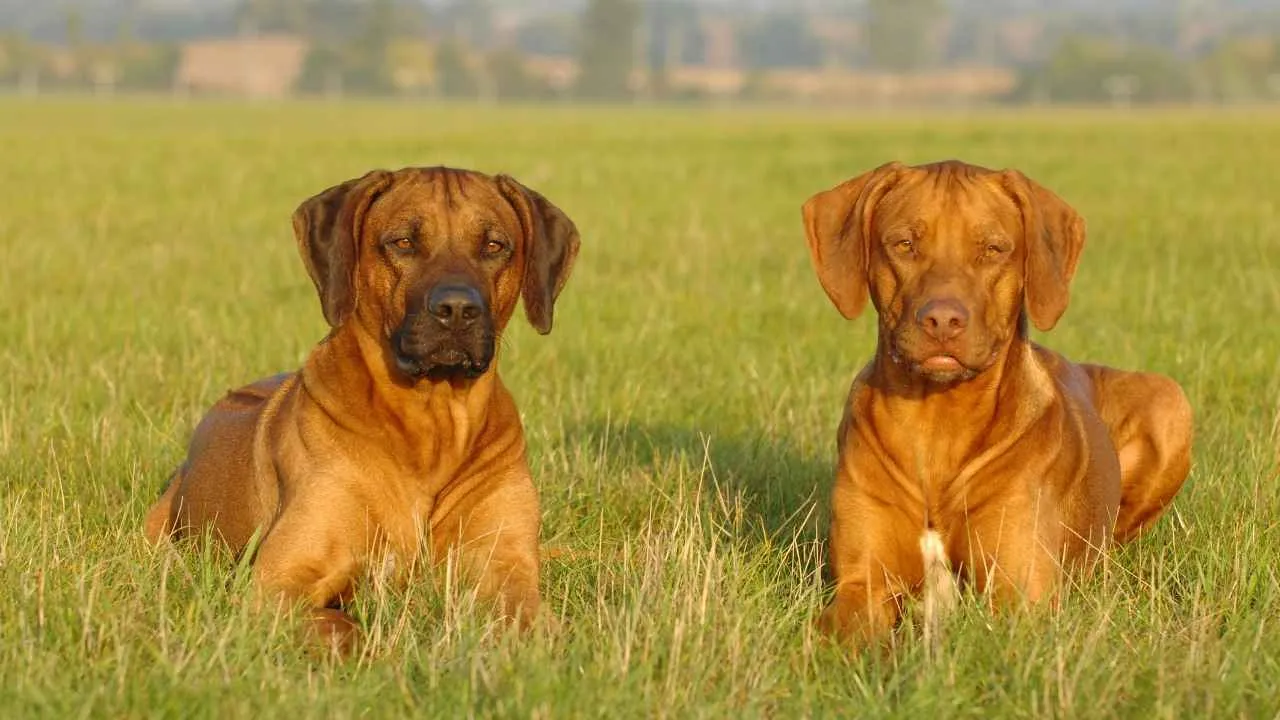
Rhodesian Ridgebacks were originally used in Southern Africa to track and hold large game, often during early morning or evening hours when temperatures were cooler. Their paws are naturally toughened for rugged ground, and they navigate uneven surfaces confidently.
Endurance That Matches Equine Routines
Bred to cover vast distances on foot beside mounted hunters, they excel at long-duration pacing. These dogs can keep up with horses across miles of open landscape. That trait remains useful for night runs where consistency and stamina matter more than quick bursts.
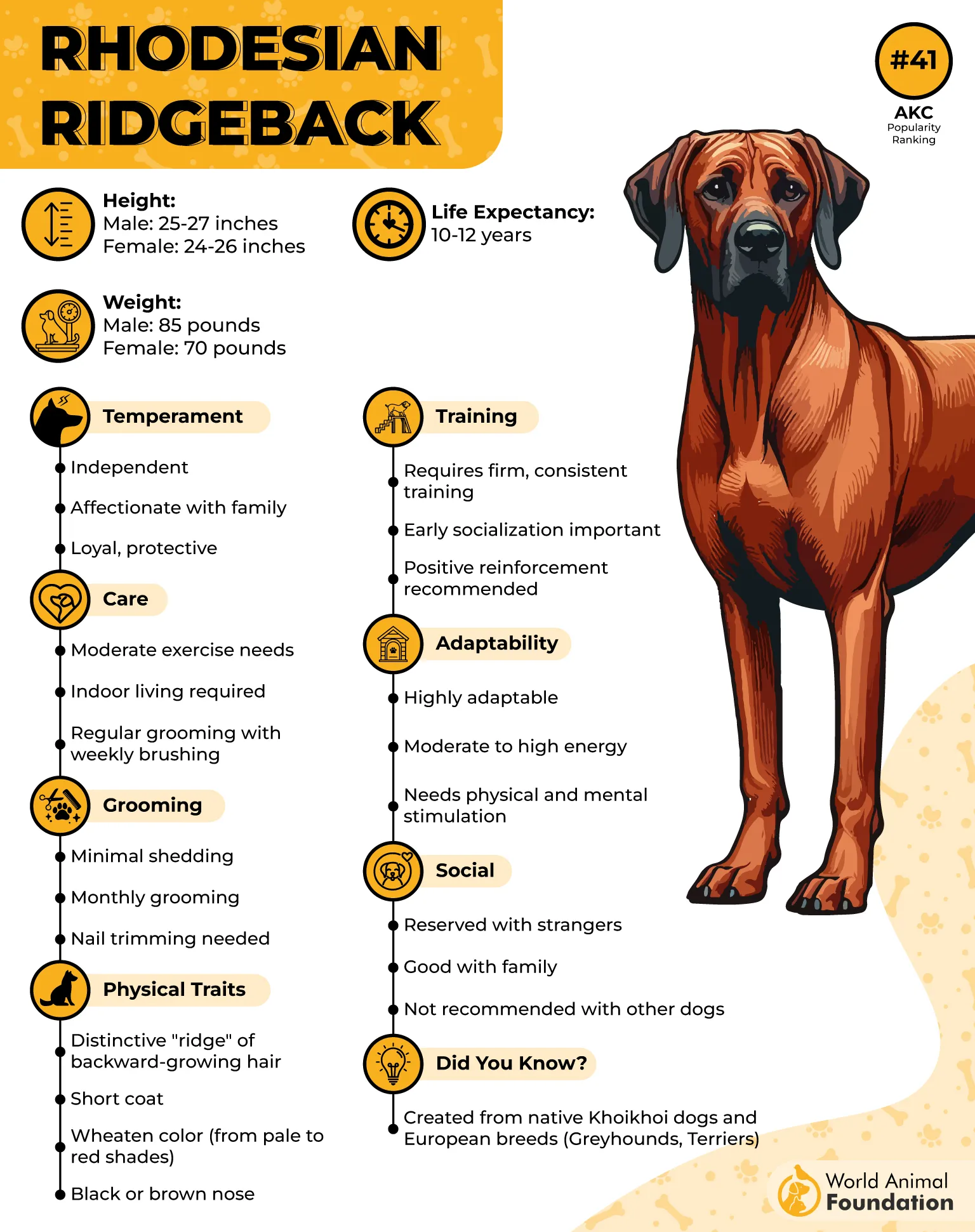
Low Reactivity to Background Noise
Rhodesian Ridgebacks stay composed when nocturnal sounds—like crickets, rustling leaves, or distant vehicles—surround them. Their stability under such conditions helps them maintain pace without reacting to every distraction. This is a defining feature rarely found across certain breeds known for agility but not focus.
Independence With Routine Compatibility
These independent thinkers don’t require excessive external motivation to stay engaged. Many dogs thrive when paired with owners who have a consistent running schedule, and Ridgebacks naturally fall into rhythm without pulling or hesitating. That autonomy makes them reliable night running partners.
5. Labrador Retriever
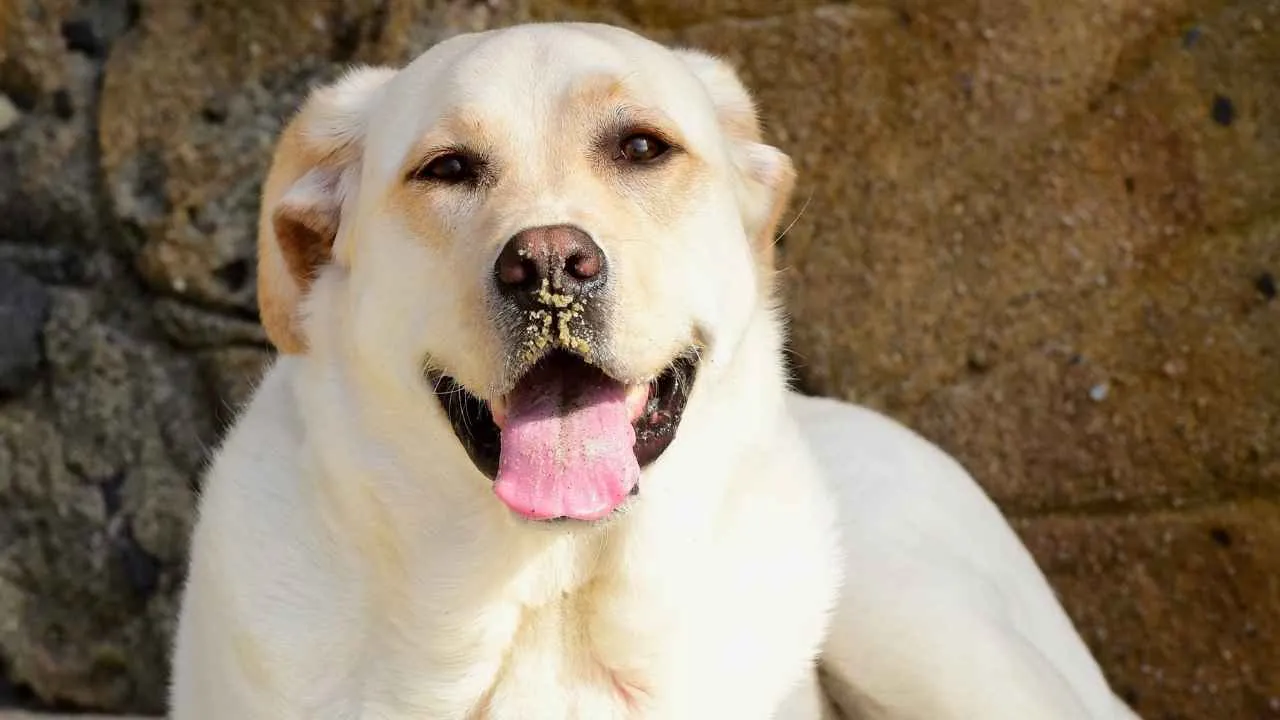
The Labrador’s double-layered coat helps regulate body temperature during night runs, especially in colder air. Their stride is smooth and coordinated, ideal for consistent pacing over changing surfaces. Whether on pavement or trail, they move with natural rhythm.
Dependable Nighttime Recall
Labs are highly responsive to recall commands, even in low-visibility settings. This reliability makes them safer companions for night activity, where distractions like scents and distant noise could otherwise break focus. Their willingness to check in mid-run reduces off-leash risks.
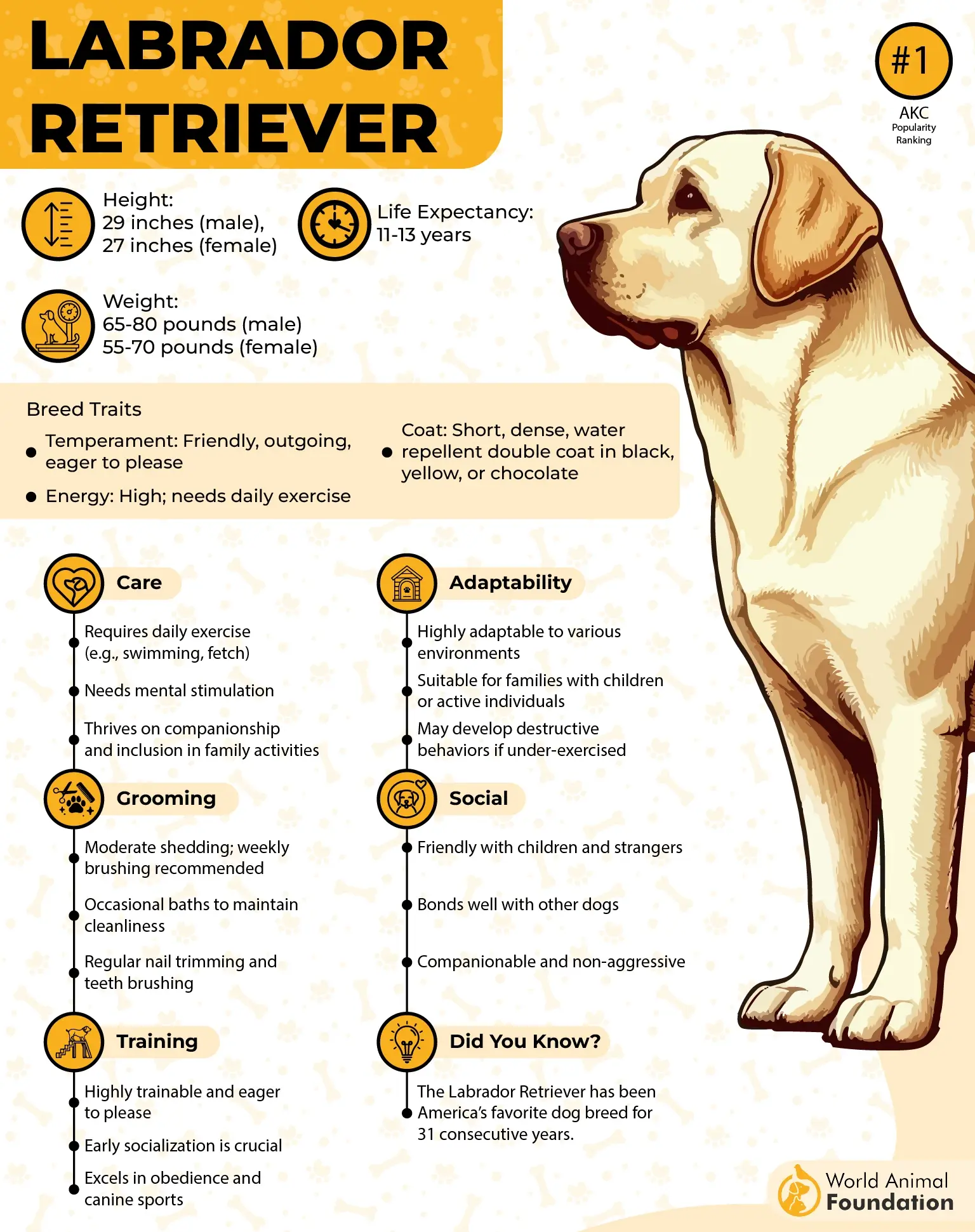
Excels With Routine-Based Activity
They perform best when physical exercise is woven into structured routines. Once acclimated, Labradors anticipate night runs with calm enthusiasm, without overexcitement or leash pulling. Predictability in behavior makes them easy to run with regularly.
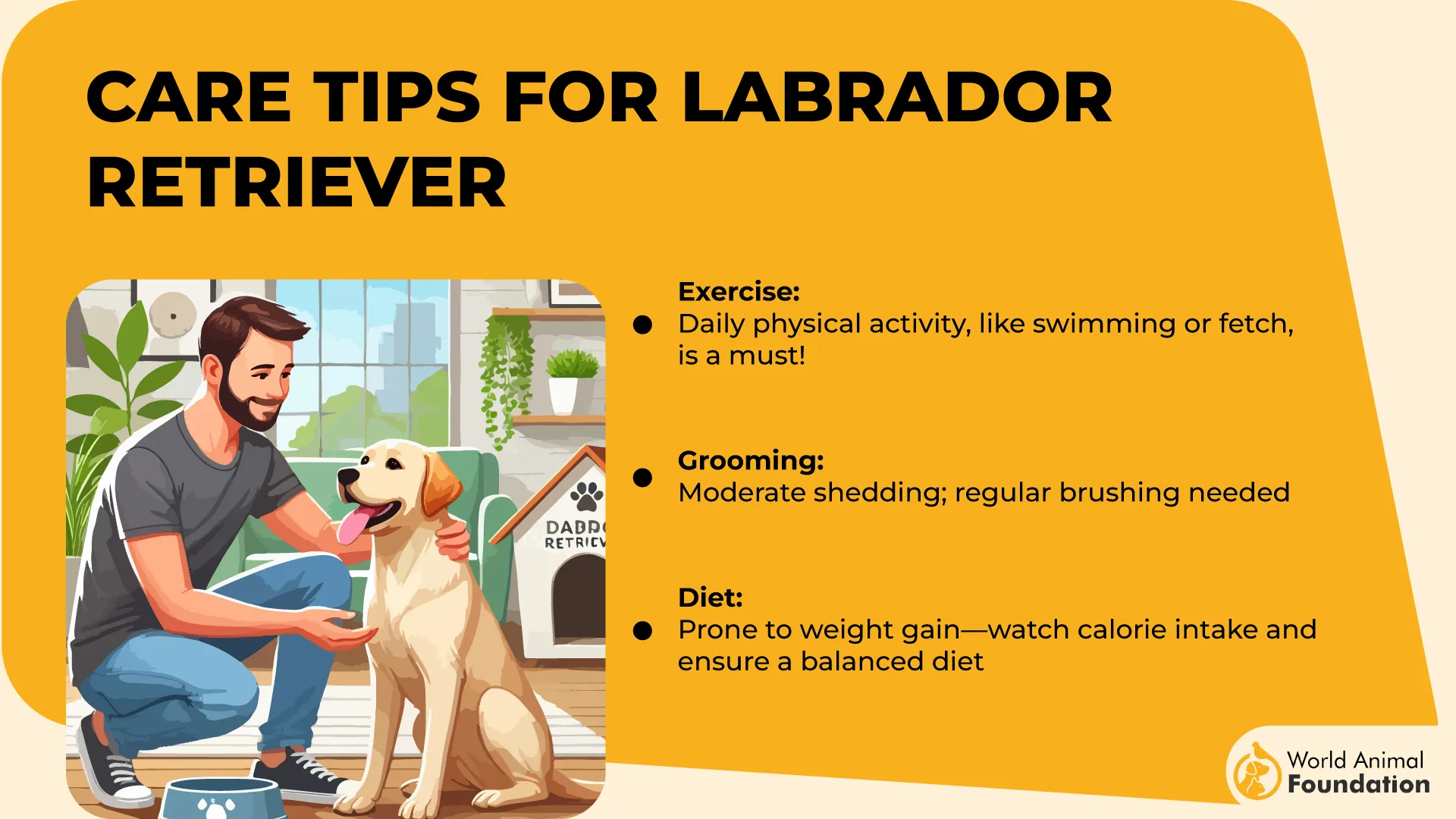
Consistent Motivation Over Distance
Their muscular build and stamina allow them to maintain energy across long runs, especially when temperatures drop.
6. German Shepherd
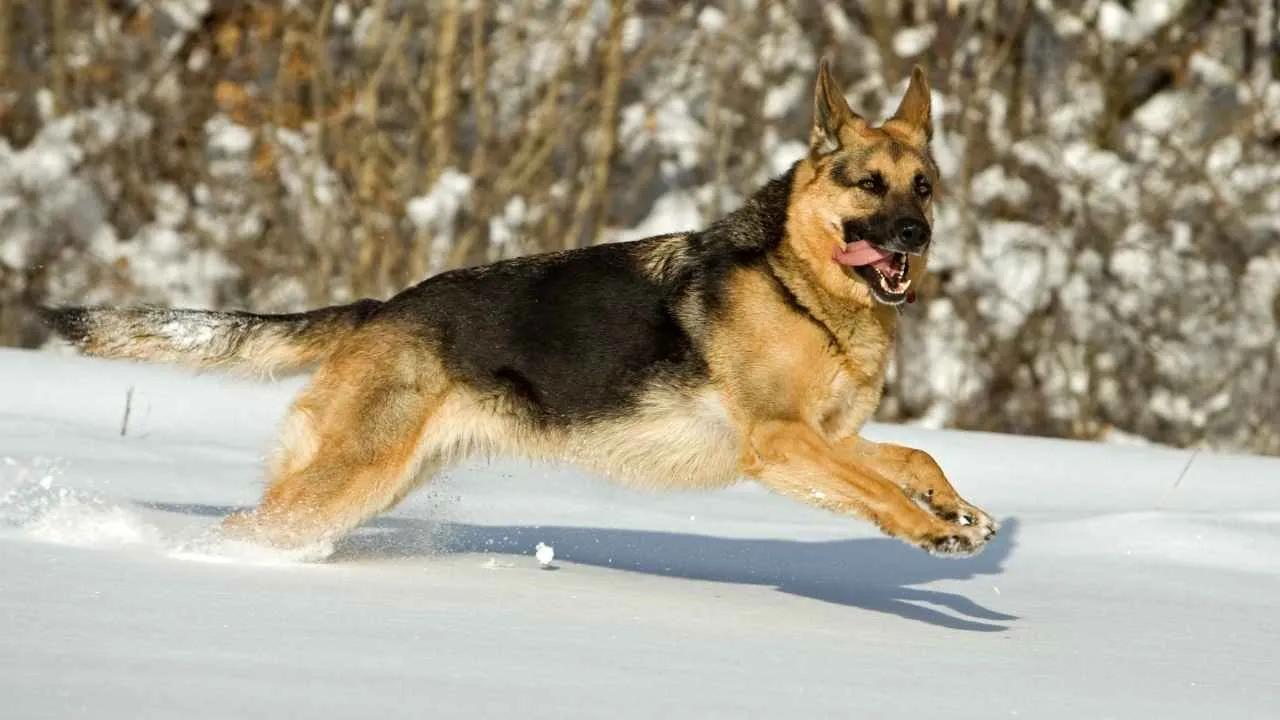
German Shepherds maintain pace across shifting surfaces like gravel, grass, and dirt trails. Their structured bone structure provides them with the joint stability needed for nighttime runs where footing can be unpredictable. They adjust stride and balance mid-movement without hesitation.
Adaptive Focus in Dusk Environments
Even in dim or hazy twilight, their tracking instincts remain sharp. Bred to react to sound and scent as much as sight, they process the environment in layers. This helps them stay alert and responsive during off-hour runs in semi-lit conditions.
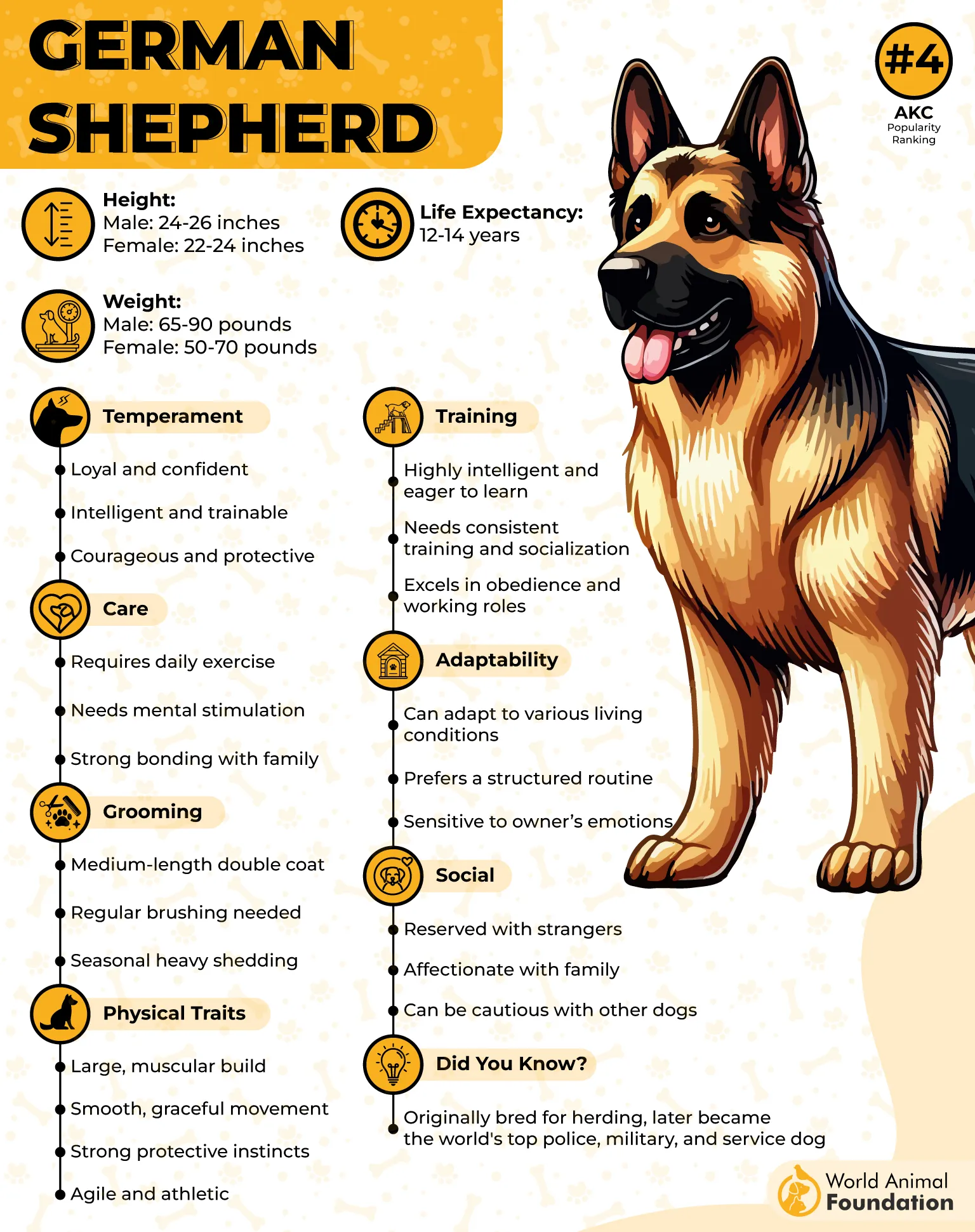
Energy Suited for Structured Activity
Their need for a running routine comes from a mental place as much as a physical one. They’re less likely to veer off-course and more likely to stay disciplined once pace is established. This consistency makes them suitable for owners who prefer predictable nighttime workouts.
Strong Build, Stronger Recovery
Thanks to their dense musculature and alignment, they handle long walks or fast-paced runs with reduced injury risk. As natural guard dogs, they remain protective even while on the move, scanning their environment without dropping pace.
7. Border Collie
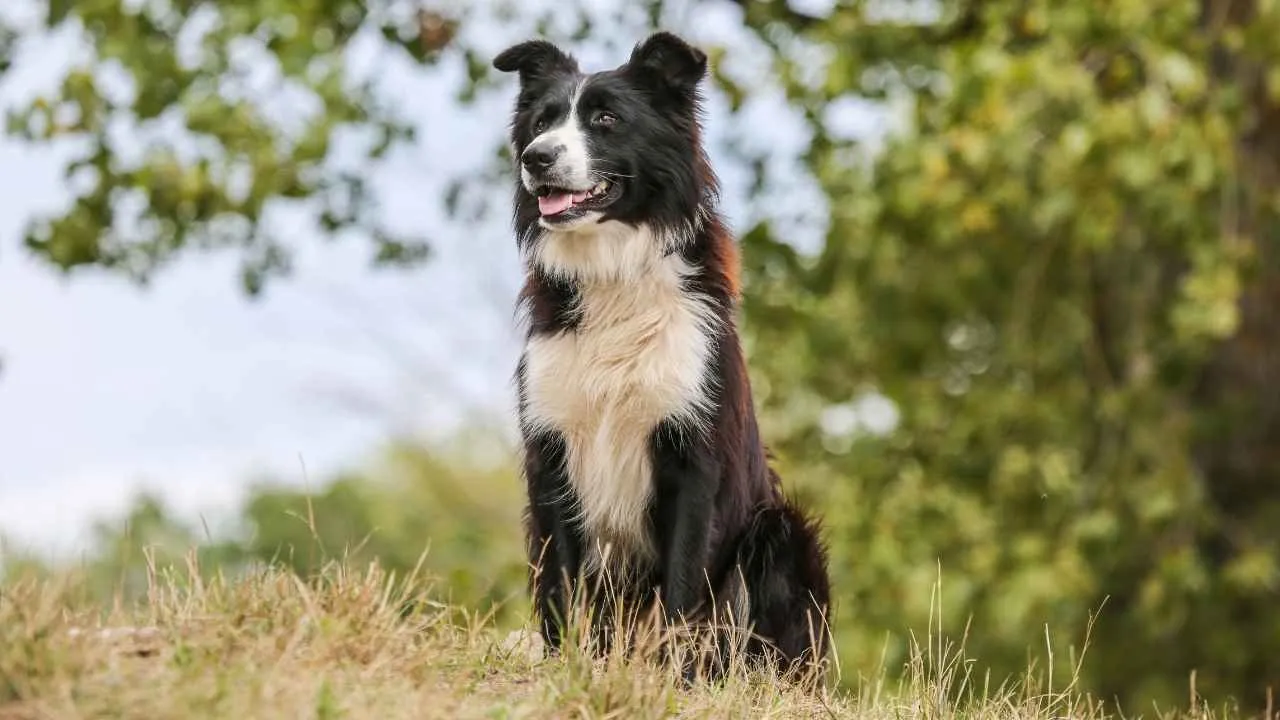
Border Collies have a highly sensitive internal rhythm that aligns well with late-evening environments. Their vision adapts well in twilight, and they process scent trails faster than most breeds when ambient distractions are lower. This gives them an edge when running under low visibility.
Focused Drive With Endurance
Their step-by-step tracking ability is a legacy of their precision herding roots. Border Collies are intensely focused on terrain shifts, which means they adjust to curves, uneven ground, or slope changes mid-run. That automatic body control isn’t taught—it’s wired in.
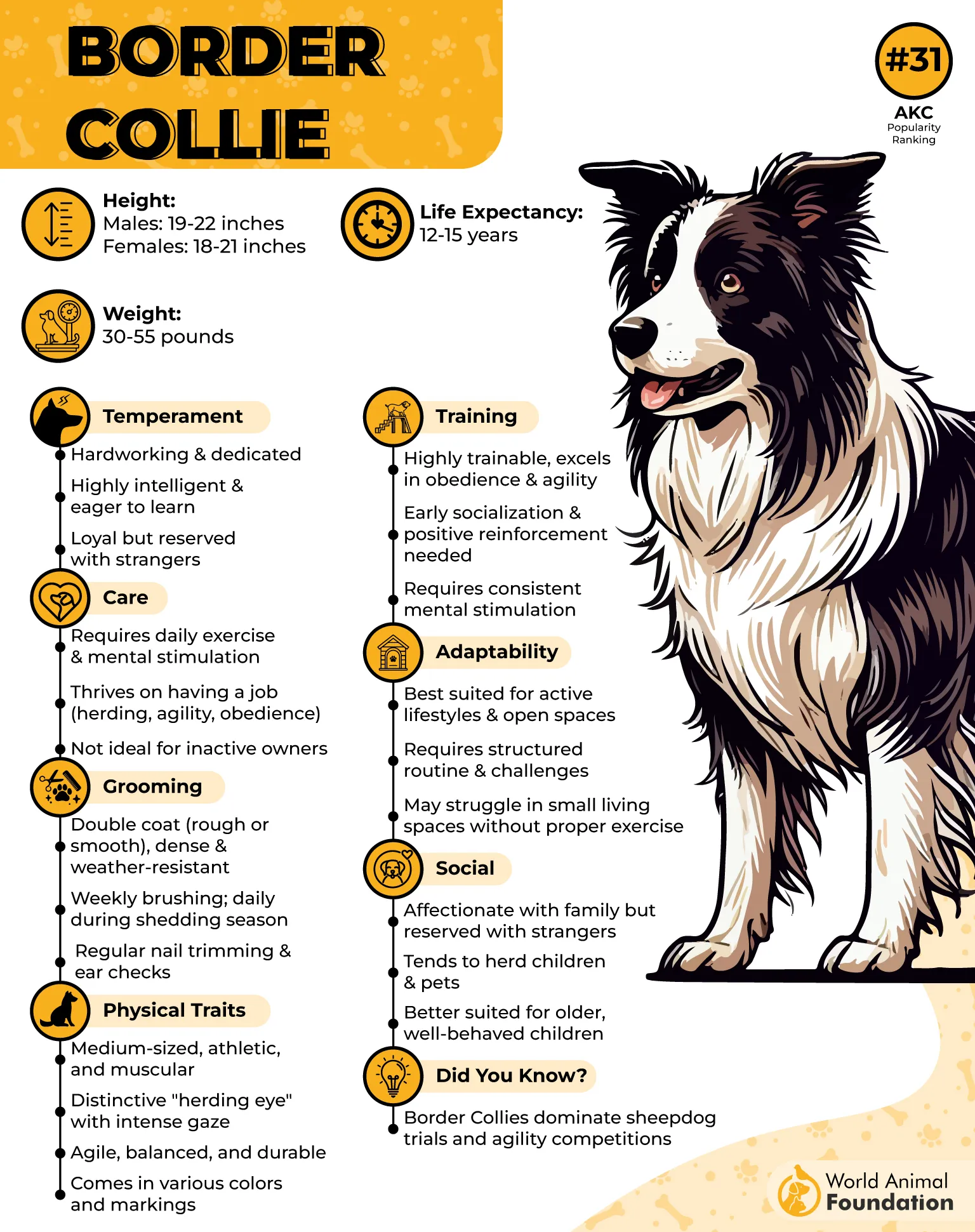
Precision-Led Intelligence
They require mental stimulation alongside physical movement, making nighttime runs more than just energy expenditure. With every new trail or route variation, they remain mentally alert and performance-ready. It’s this combination of sharp instinct and awareness that keeps them engaged.
Consistent Rhythm, Ideal Pacing
Border Collies are excellent running partners for those who keep a steady pace across varying terrain. Their stride isn’t just fast—it’s calculated, synced with the runner’s rhythm even during longer distances. Their body language constantly reads the lead, adapting seamlessly.
8. Siberian Husky
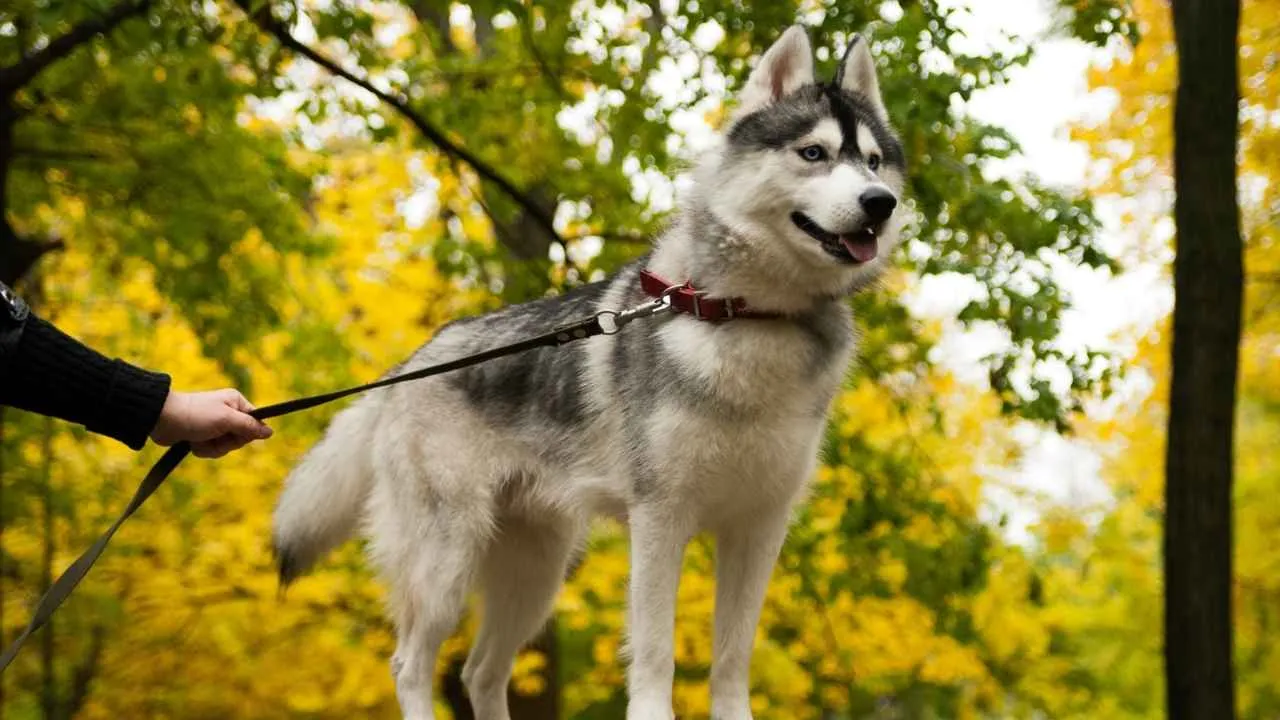
Siberian Huskies were developed by the Chukchi people for transporting loads over icy terrain during harsh winters. Their dense double coat traps body heat efficiently while allowing airflow during exertion. They remain comfortable and energized in cold, nighttime conditions that slow other breeds down.
Unmatched Pacing Efficiency
This breed runs with a signature gait designed to conserve energy over miles of challenging terrain. The stride is light, fluid, and requires less muscle fatigue to maintain speed. It’s a structure fine-tuned for endurance without relying on sheer force.
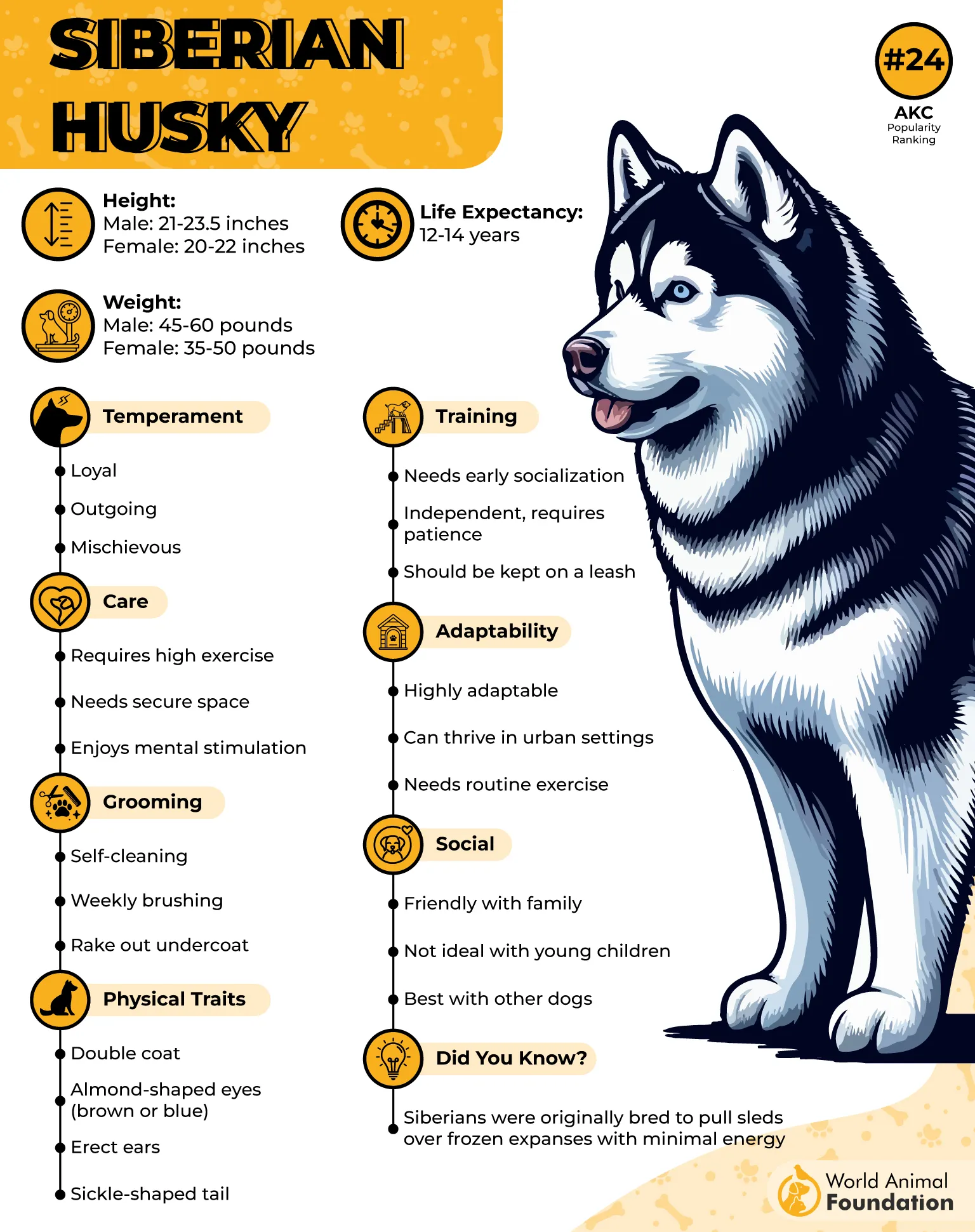
Built-In Group Coordination
Bred for team-based sled pulling, Huskies instinctively align with movement patterns around them. They adjust pace, spacing, and direction smoothly when running beside others. Even during solo runs, their natural rhythm stays consistent and balanced.
Endurance Proven by History
In 1925, Siberian Huskies played a central role in delivering diphtheria serum across 674 miles of Alaskan wilderness, as stated in the AKC. That relay involved extreme cold, long night runs, and intense physical demands. Their performance came from generations of selective breeding focused on stamina and resilience.
9. Jack Russell Terrier

Jack Russell Terriers were originally developed to bolt foxes from dens, often in tight, low-visibility conditions. That history explains their comfort moving swiftly even in dim outdoor environments. They don’t hesitate when a route narrows or the trail curves abruptly.
Built for Quick, Repeated Sprints
While they’re small in size, their agility and speed make them ideal for short bursts on nighttime runs. They accelerate fast, recover quickly, and are constantly aware of foot placement. Their stride is efficient for covering uneven paths without breaking rhythm.
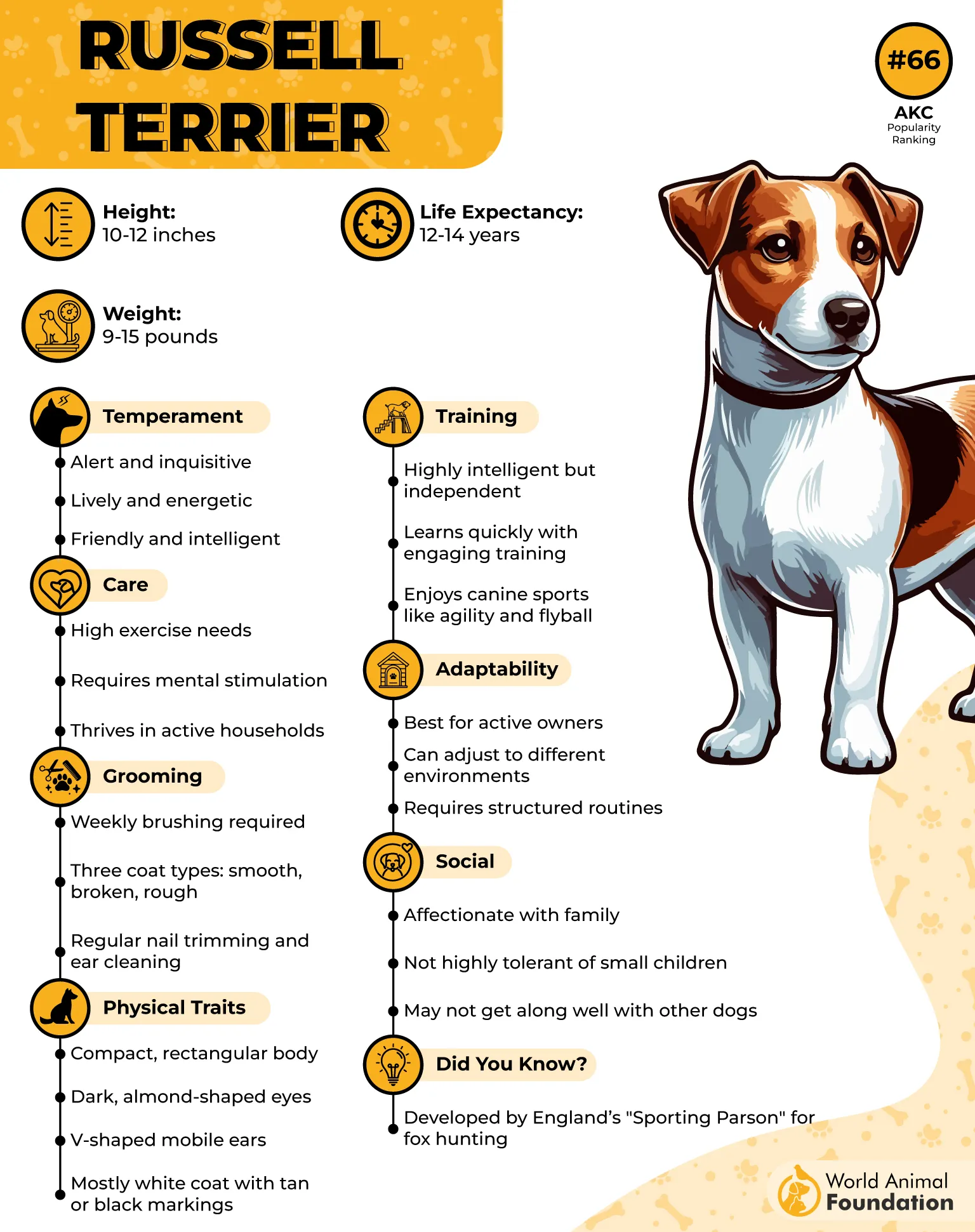
Constant Scanning and Fast Reactions
Their startle reflex is finely tuned, and they react quickly to movement in their surroundings. Even during a steady jog, they remain aware of subtle shifts in sound or motion. It’s part of what makes them reliable in unpredictable outdoor settings.
Compact Size, Unmatched Stamina
Despite their frame, these terriers can log impressive distances when conditioned properly. Originally bred for working multiple hours in the field, they bring stamina that surprises first-time runners. Their pace stays strong well past the 3-mile mark, and recovery is fast.
Conclusion
Whether you run at dawn or prefer the calm of moonlight, the right dog can make it better. Some breeds are simply more responsive, more agile, and more excited when the world is quiet.
These dogs don’t need the crowd or the daylight—they just need a chance to move. From medium-sized dogs with endless stamina to larger breeds that thrive in warm weather, the variety is wide. But they all share one thing: a natural rhythm with your stride.
If your schedule leans toward evening jogs or late-night workouts, these are the great running companions made just for you. They won’t resist daily exercise—they crave it.
And when physical activity feels like shared joy instead of a task, you know you’ve found the right match. Whether you keep it a night run or mix in a day run now and then, these dogs turn fitness into fun.


